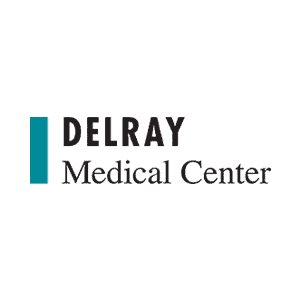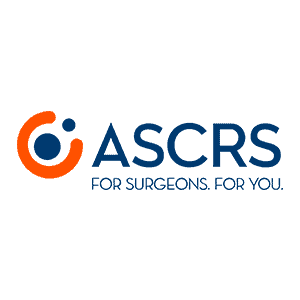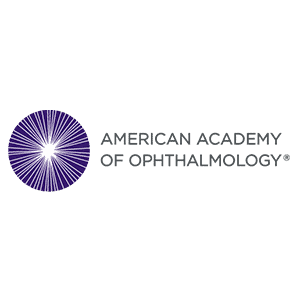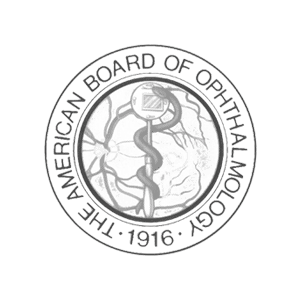Common Corneal Transplant Questions
What are the layers of the cornea?
The cornea has four important layers that an eye doctor needs to examine when appropriate
Tear film. This is the clear tear layer overlying the corne made from liquid tears, mucous, and oils. Stability and uniformity in this layer is critical for all patients, especially those undergoing surgery. See DRY EYE for more information.
Corneal epithelium. This top layer of the cornea accounts for about 10% of its thickness. This is the only tissue that can fully regenerate. Problems affecting the corneal epithelium are usually related to dry eye, but trauma, infection, surgery, or genetic problems can also affect the epithelium.
Corneal stroma. This is the bulk of the clear cornea tissue. It’s made up of special proteins organized in a special way to maintain transparency. When the corneal stroma is damaged, due to trauma, infection, or corneal dystrophies (inherited genetic problems) then sometimes a corneal transplant is needed since this tissue does not heal on its own.
Corneal endothelium. This is the thin layer of cells on the back wall of the cornea, facing the iris. This layer of cells is responsible for removing fluid from the corneal stroma and preventing swelling, or edema. A common corneal dystrophy called Fuch’s dystrophy affects this layer and causes blurry vision. If eye drops are not able to maintain appropriate corneal thickness, then replacing this endothelium surgically may be necessary. See DSEK for more information.
How are cornea problems diagnosed?
Since the cornea is so critical for clear vision, even subtle problems unknown to the patient can affect vision over time. A Cornea specialist is trained to examine the front of the eye carefully, as well as the structures around the cornea like blood vessels and conjunctiva. Even eyelid position and shape is critical to corneal health.
In addition to a throughout slit-lamp exam, special instruments called corneal topographers or tomographers (Oculus Pentacam) are used to measure the shape, curvature, and thickness of the cornea. These devices are important to diagnose corneal disease like scars, dystrophies, ectasia (keratoconus), or irregular aberrations that limit the benefits of glasses or contacts.
What corneal treatments are offered at CLVC?
CLVC offers a wide range of corneal treatments depending on the underlying problem. Most of the treatments are broken down into these general categories.
Surface optimization – This involves aggressive treatment of dry eye and eyelid disease. Removing scars from chronic dry eye can be performed in the office through a procedure called a superficial keratectomy or SuperK, this procedure is often done in office in under 10 minutes and allows the epithelium to heal with the help of an amniotic membrane (AMT) placed on the eye for about a week.
Genetic screening – many corneal problems, including keratoconus and dystrophies, are hereditary. With only a gentle check swab, the doctors at CLVC can screen for hundreds of genetic diseases. Explore Avellino labs (AvaGen) for more information on this exciting option for you and your family.
Corneal reshaping – The cornea can be reshaped with a laser (LASIK, PRK) or with small incisions (RK, LRI). RK, or radial keratometry, treats low grades of myopia (nearsightedness) but is not used much anymore due to the safety and predictability of laser refractive surgery. However, LRI or limbal relaxing incisions, are a quick and painless way to treat specific types of astigmatism without affecting the overall focusing power of the eye.
Corneal transplantation – for severe corneal disease, partial thickness of full thickness corneal transplants are necessary. By replacing the abnormal cornea with healthy donor tissue, vision can be restored in many patients. Corneal transplants are the most commonly performed in all of medicine and have a high success rate. Most patients undergoing corneal transplant surgery will be on eye drops for several months to years and may still require glasses or contacts for optimal vision.
What is endothelial keratoplasty?
Endothelial keratoplasty is a surgery that removes the endothelium, the innermost part of the cornea, to replace it with healthy donor tissue. Cohen Laser & Vision Center ophthalmologists perform a type of endothelial keratoplasty known as Descemet’s stripping endothelium keratoplasty (DSEK).
You might need DSEK if you suffer from Fuch’s dystrophy, a condition that causes degenerative changes to the endothelium. DSEK can also be done after cataract surgery or in other situations where your cornea damage is confined to the endothelium. This surgery offers a faster and easier recovery than a full cornea transplant.
You’ll use both antibiotics and steroid eye drops after surgery to encourage healing and minimize chances of rejection.
What is a partial-thickness corneal transplant?
A partial-thickness cornea transplant, called a lamellar keratoplasty, is a surgery in which your Cohen Laser & Vision Center ophthalmologist removes 50-75% of your upper cornea and replaces it with healthy donor tissue. It is typically used in patients with severely damaged or abnormal corneas that cannot be corrected by other surgery. In a partial-thickness corneal transplant, your endothelium stays in place.
You would need a partial-thickness corneal transplant if you have dangerously thin corneas, if you suffer from a condition like severe keratoconus, or if you have significant corneal scarring that’s interfering with your vision. Your Cohen Laser & Vision Center ophthalmologist performs this procedure at a surgery center.
After surgery, you’ll use prescription antibiotics and steroids to enhance healing and reduce the chances of cornea tissue rejection.
Another option to the Penetrating keratoplasty is called IEK. This uses laser technology to cut the patient's and donor cornea precisely resulting in better vision and faster healing.
What is a full-thickness corneal transplant?
A full-thickness cornea transplant, a penetrating keratoplasty, is typically used in patients who have severely damaged corneas, with virtually no healthy cornea tissue. If your cornea is severely thinned, bulging, or scarred, a full-thickness cornea transplant would probably be the only viable option.
In this surgery, your Cohen Laser & Vision Center ophthalmologist removes the majority of your cornea tissue. Your ophthalmologist then places a donor cornea and uses 16-24 tiny sutures to secure it.
As with any surgery involving donor tissue, there’s a chance of rejection and infection, and you’ll use antibiotic and steroid eye drops to minimize those risks.
A cornea transplant might be the only way to save your vision, and your eye health, if you have serious corneal damage. You can trust the world-class ophthalmologists at Cohen Laser & Vision Center for expert care and reliable results. Call the office or schedule an appointment online to learn more about cornea transplants.
Want More Information?
Contact us today so we can answer your questions.
Call us now at (561)981-8400, or request an appointment online here.











